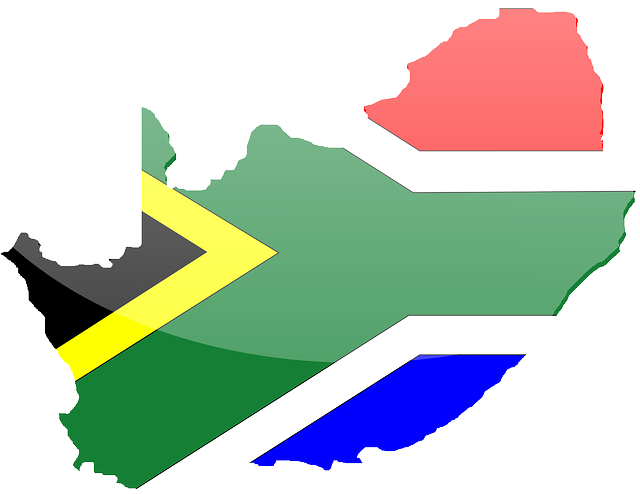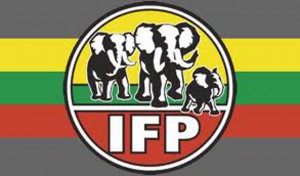05 April 2016: As consumers continue to grapple with high food prices triggered by the recent drought and the ailing economy, milk will soon be added to their list of costly staple foods.
Dairy farmers are currently facing production shortages and will likely run into supply issues in the coming months.
Consequently, some dairy processors are already paying commercial farmers 60 cents more per litre on average for milk to ensure consistent supply in winter. Poor pasture conditions due to the drought and the sharply higher grain prices have squeezed margins at farm level and the increase should help improve the situation.
The price is expected to further increase in May and will hike operating costs for the entire milk value chain, leaving retailers with no choice but to increase the price that consumers pay for milk and dairy products.
Paul Makube, Senior Agricultural Economist, says the price of milk is determined by demand and supply from the market. However, because dairy farmers are price takers, they do not set the market price. Instead, when there are supply issues, milk processors often increase the price paid to dairy farmers to guarantee supply as they cater for the domestic and export markets.
“The challenge we are currently facing is that most dairy farmers are still recovering from the impact of the drought and will not be able to produce enough milk in the short-term,” explains Makube.
While South Africa does source certain dairy products from other countries, this did not help to alleviate increasing prices as the weaker Rand in the past few months made imports more expensive despite lower international prices.
Furthermore, the electricity tariff increase coming into effect this month will severely drive up input costs for farmers and milk processors as they heavily rely on equipment that consumes a lot of energy.
On a positive note, the recent rains across the country in the past few weeks will go a long way to improve grazing conditions in the short term. The return of normal weather patterns in the new crop season should enable farmers to rebuild their herds and improve production from the current levels. This will play a key role in stabilising the price of milk and dairy products next year.
Makube says as electricity costs continue to increase it will be important for commercial and small scale dairy farmers to explore sustainable and technology driven means to reduce energy consumption and costs, as this has a huge impact on their profit margins.
For instance, some commercial farmers are successfully using alternative energy solutions like solar power during peak hours when tariffs are at their highest. When implemented in conjunction with milking schedules, solar power can go a long way to reduce operating costs for dairy farmers.
Dairy products play an important role in the diet of consumers. Therefore, an increase in the price of milk will put more pressure on the already stretched disposable income, pressurising them to spend wisely and cut back on luxuries.







